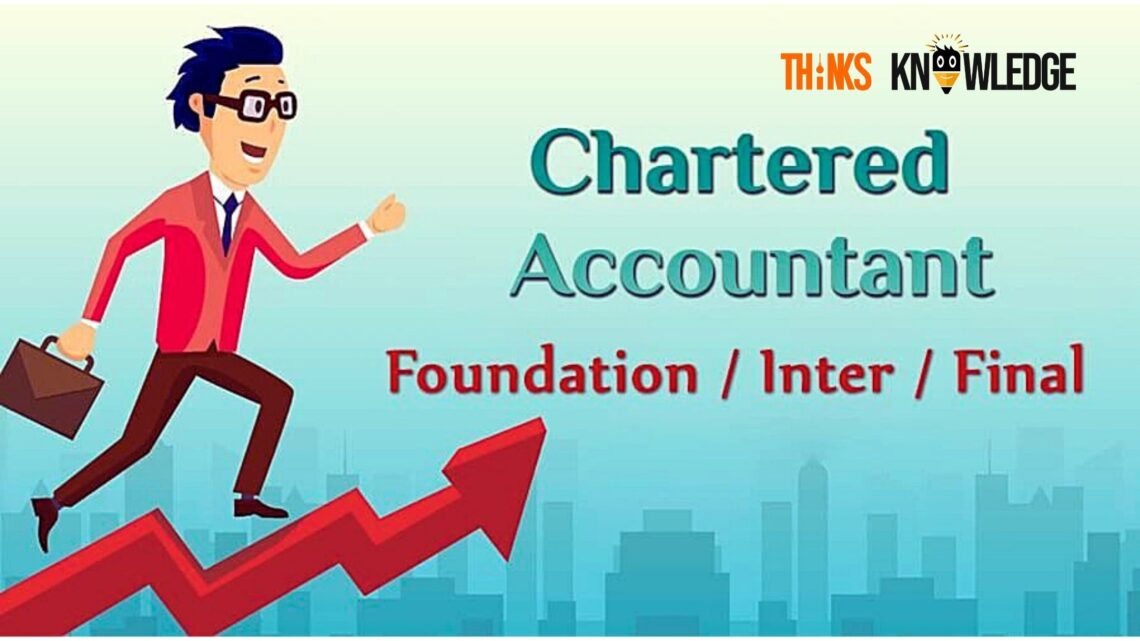

“At the end of the day, if the intake to our profession is more than 50 percent female-and has been more than 50 percent for several years-and the population is more than 50 percent female, well, then we shouldn’t be celebrating anything until we are at that 50 percent mark.”Įileen Woodworth became the first woman to be admitted to the Institute in 1925, but progress in the years that followed was slow. Sometimes, I wonder if that is a helpful narrative or not. Every year we celebrate that we are getting closer to breaking it. It is distressing that we are not there yet. “I think we have made progress, but progress is not necessarily good enough”, says Sinead Donovan, Chair of Grant Thornton, and Deputy President of Chartered Accountants Ireland, “The end destination is to break through the glass ceiling. Of the 1,686 people who have listed their job descriptions and identify as ‘senior executive’, however, just 287 of women. While Chartered Accountants Ireland (the Institute) currently has 42.6 percent female membership overall, the 24-44 age group has an average 51 percent female membership, showing clear progress among the younger generations of Chartered Accountants. “According to the latest CSO Gender Balance in Business Survey, in 2021, only 22 percent of the members of Boards of Directors in Ireland were female, one in eight CEOs in large enterprises in Ireland were women, and men accounted for 86 percent of Board Chairpersons.” “While progress has been made in Ireland, women here are still substantially underrepresented in senior roles and decision-making spaces,” says Emma DeSouza, Women’s Leadership Coordinator with the National Women’s Council of Ireland. Ireland has made “excellent progress” on gender equality, the report states, but not everyone agrees. According to a recent report by the European Commission, however, the number of women in Ireland holding senior management positions stood at just 28.8 percent in 2020, up from 15.3 percent five years prior.


With gender pay gap reporting coming into effect this year, you might think that the end to the glass ceiling is surely near.

To really break the ceiling, we need to work on both.” We do this through the options we advocate for, how we position ourselves, and the career decisions we make. “It is now also recognised that there are limits that we, as women in the workplace, might inadvertently put on ourselves. “Well recognised are the limits organisations, culture, society, and behavioural norms, put on women. “There are two aspects to the glass ceiling,” explains Louise Molloy, Director of Luminosity Consulting, and an executive and team coach specialising in leadership development. They have a clear view of what is beyond their reach, but they can’t break through to the other side. The ‘glass ceiling’ is a metaphor describing the barrier preventing women from rising beyond a certain level in their profession. People will say, ‘There was a time when there was a glass ceiling’.” So, what is the glass ceiling-and how relevant is it to the workplace of today? “I’m hoping, if it outlives me, it will an antiquated phrase. “I thought I would be finished with this by the end of my lifetime, but I won’t be,” Loden said in an interview with The Washington Post in March 2018. It was during her speech at the 1978 Women’s Exposition in New York City that Marilyn Loden, the American feminist author, Syracuse University graduate and workplace diversity advocate, coined the phrase ‘the glass ceiling’.įorty-four years on, the term is still relevant-outliving Loden, who died in early August 2022. Coined in the seventies, the term ‘the glass ceiling’ has become a mainstay of discourse on gender equality in the boardroom, but over 40 years on, have we even come close to breaking it? Liz Riley reports


 0 kommentar(er)
0 kommentar(er)
